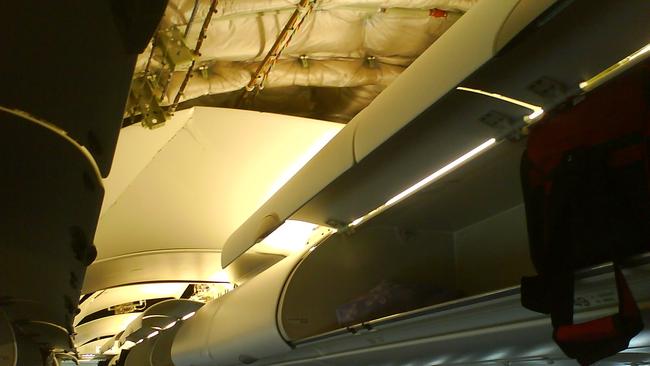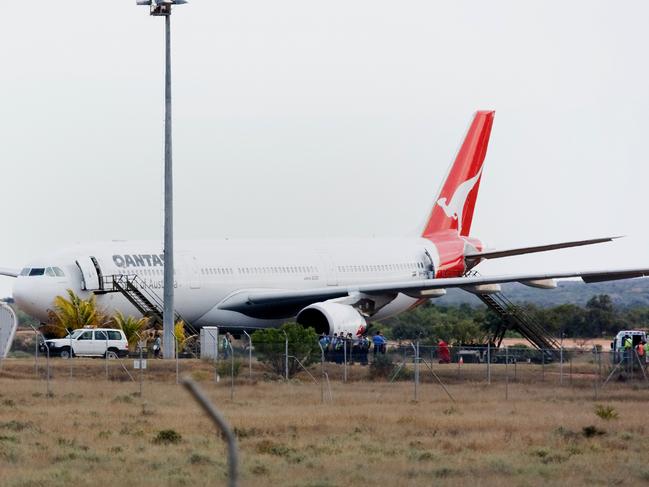Solar-flare detector to warn of Earth electromagnetic disaster
The UK is developing a £1.26m early warning system that can pick up electromagnetic surges from the ground.

For a short while on election day, Maria Vindevoghel thought she was on the brink of a political revolution. It was May 2003 and the politician – a radical trade unionist – was standing in the Belgian federal elections.
To her astonishment, she was way ahead of other more mainstream candidates when results started coming in from the Brussels precinct of Schaerbeek. “It was one of the first places to vote, so I thought we had something big going,” she later said.
But it quickly emerged that something was not right – at one polling station she had more votes than there were people on the electoral roll. Foul play was suspected, until a mathematically astute official spotted that the number of extra votes registered was 4096. In binary code, it read 1 0000 0000 0000.
This was not fraud – it was a computer glitch. A single bit, the smallest unit of computer memory, had switched from 0 to 1, and put Ms Vindevoghel on track for an impossible victory. Once the votes had been recounted, she was not elected.
So what had caused the error? The most likely explanation is space weather. Experts believe highly charged particles had zoomed through space, entered Earth’s atmosphere and penetrated the memory chip of the vote-counting machine. Solar winds, the same electromagnetic forces that cause the northern lights, were the most likely culprit.
The UK is developing its first modern space-weather detector, a £1.26m ($2.23m) early-warning system that can pick up such electromagnetic surges from the ground.
Why do we need it? The Schaerbeek incident, after all, was an unusual occurrence – what scientists call a “single-event upset” – caused by a stray beam of charged protons. But the consequences of such incidents could be devastating. What if it was online banking? Or an MRI machine. Or a plane?
In 2008, a Qantas flight from Singapore to Perth went out of control for 23 seconds, plunging 690 feet, injuring a third of the passengers. Investigators said cosmic rays striking flight computers were a possible cause.

And sometimes it isn’t just a stray beam that hits the planet – it is a “coronal mass ejection”, in which huge plumes of charged plasma are fired out from the sun. This happened in 1582, when Portuguese author Pero Ruiz Soares described “great fire rays” above Lisbon. It happened in 1859, when The New York Times described “streamers of yellow and orange” dancing above Manhattan, and telegraph lines caught fire across the globe. And it happened in 1989, when six million people lost power in Quebec.
But what would happen now, when we are more connected than ever? Michael Aspinall, an engineer at Lancaster University on the team behind the UK detection system, said: “No electricity means no computers, no communication, no navigation. Planes would be grounded, satellites disabled and mobile phones useless.” Satellites monitor the sun’s activity but cannot measure the interaction of solar flares with Earth’s atmosphere. Dr Aspinall said: “Without these ground-level detectors, the UK is really flying blind on the impacts of an extreme space-weather event.”
This nearly happened in 2012, when the largest solar storm in more than 150 years tore through Earth’s orbit. “We can’t stop space-weather events happening,” Dr Aspinall said. “But if we know when they are coming, we can prepare vulnerable sectors and help ensure that events of this kind are safely managed.”
The new space-weather monitor, which measures six feet by six feet, works by using helium-3 to detect charged particles. The design, funded by the Science and Technology Facilities Council, will stream information to the Met Office. It is expected to be sited in Cornwall or Scotland, and will be running within two years.
The latest UK National Risk Register listed severe space weather alongside floods, terror attacks and pandemics.
The Sunday Times



To join the conversation, please log in. Don't have an account? Register
Join the conversation, you are commenting as Logout